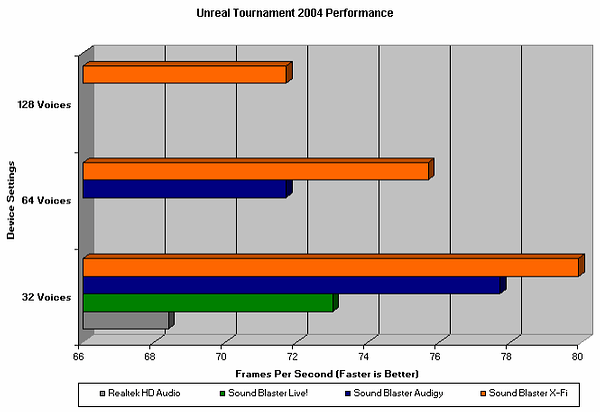Is there any market for high end soundcards anymore? An external receiver can do most of the job and more, even for gaming onboard audio is good enough.
I remember using Dolby and Dts Live on Creative cards with gaming, is this still necessary for 5.1 gaming systems?
The pro audio market has stopped making new internal and external PCIE interfaces since the market is small: PCIE slots can only be found on desktop PC motherboards, recent Mac Pros don't have physical access to PCIE slots, they need a Thunderbolt PCIE chassis like this:
The PC Card/ExpressCard standard for laptop is obsoleted and replaced by Thunderbolt. It supports PCI passthrough which offers better latency and higher bandwidth than USB.
As a result the "latest" pro audio PCIE cards are something like the 5-10 years old RME HDSPe AIO and Lynx E22/44, they are decent but due to the use of older components like DAC/ADC chips, are not as excellent as the latest offerings.
In the gaming market, Creative made some chips for hardware audio effects and mixing, as a side effect they also have a hardware SoundFont synthesizer, multiclient ASIO support, hardware monitoring, signal routing and so on. the CA20Kx chips are the most powerful ones the ever made:
https://www.creative.com/oem/products/chips.asp
However, since Vista, Windows' audio subsystem changed so much and made the hardware acceleration feature become useless. In fact the audio controller chips being used in current Creative cards (e.g. AE-5) are not as powerful as the CA20Kx in the original X-Fi released in 2005.
https://en.wikipedia.org/wiki/DirectSound#Windows_Vista/Windows_7
Back in the day I recall someone asked why hardware acceleration is necessary when people can do the same with software. A guy from Creative said theoretically it is correct, but in reality the processing needed to be fast enough to not interrupting real time performance. According to this review games gained higher FPS with better audio DSP chips.
http://ixbtlabs.com/articles2/multimedia/creative-x-fi.html

